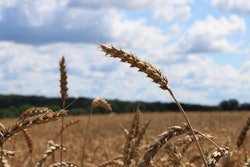Perhaps one of the fastest-growing categories of feed additives—growth promotion products that boast antibiotic-like properties—still induces skepticism among academics and some livestock producers.
Sales of antibiotics approved for use in food-producing animals dropped 33 percent between 2016-2017, according to the FDA, a trend that has spurred predictions about the various alternatives that might replace antibiotic feed additives.
“Any time you remove something, usually we have it there for a reason,” said Alex Ramirez, an associate professor of production animal medicine at Iowa State University. “Once you remove it, there’s going to be a vacancy, and one of the biggest vacancies we see is growth promotion.”
But scientific research hasn’t kept up with the rise of alternative growth promoting-additives. A still-growing body of research, experts say, has yet to prove a consistent, measureable health effect by most of the additives on the market. Reports of success, Ramirez said, are often based on hearsay rather than data.
Some antibiotic-free additives do appear to hold promise, Ramirez said, but many have been stained by broad, overly optimistic marketing. This has left producers wondering how to find a growth promoting additive that is not only safe, reliable and effective.
The trick, according to industry experts, may lie with finding an additive that is tailored to each operation’s specific goals—and in changing animal management practices to promote the success of these additives.
















